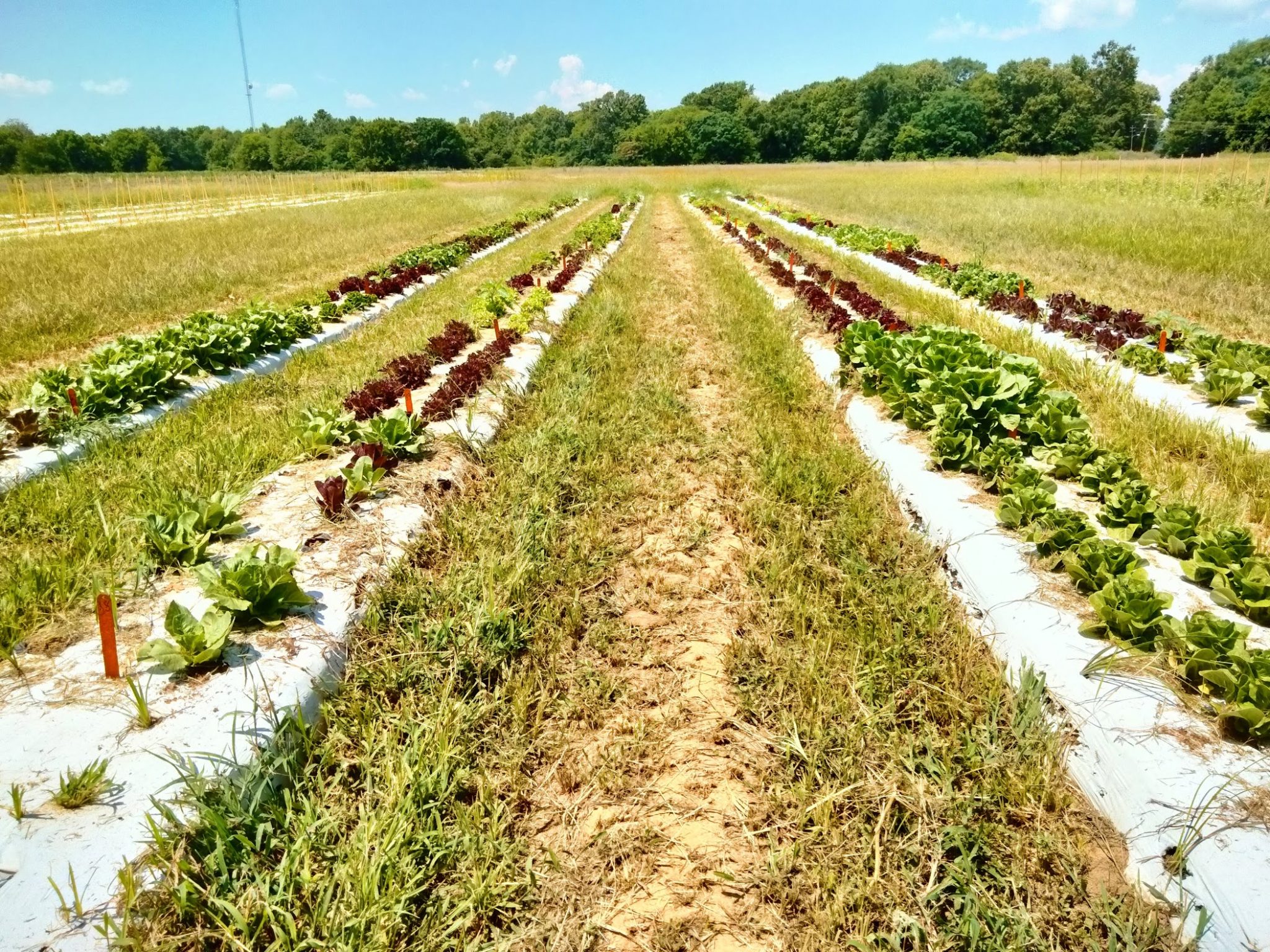Crop Production

In an ongoing effort to provide science-based answers to production-related issues, cultivar variety trials were conducted to support the vegetable industry in Alabama. Recent evaluations resulted in guidelines for lettuce cultivar selection in organic production systems.
The lettuce cultivar trial was conducted during the spring of 2022 and evaluated 16 lettuce cultivars (table 1) grown under an open-field system using organic management practices (figure 1). The open field is located at the Organic Unit of the E. V. Smith Research and Extension Center of Auburn University. The center is located in Shorter, Alabama.
Crop Management Practices
- Planting date: Seeds were planted into 200-cell trays filled with soilless media on April 25, 2022, and greenhouse grown until transplanting.
- Transplanting date: May 27, 2022
- Bed-spacing: 6 feet center to center
- Row-spacing: 16 inches within bed
- In-row plant spacing: 9 inches
- Plant population: 19,360 plants/acre
- Harvest date: June 27, 2022
- Irrigation: Irrigation water was applied using a drip system installed under white plastic mulching. Irrigation events supplied approximately 1 to 1.5 inches of water per week.
- Fertilizer: 80 pounds of nitrogen/acre of 5-4-3 fertilizer was applied preplant using the fertilizer Harmony (poultry litter) before laying plastic mulch. A week after transplanting, plants were fertilized once a week until harvest through drip irrigation with 3-3-3 of Evergreen Org and 7-7-7 of Nature Safe.
- Pest management: Crop management practices for disease, insect, and weed control followed recommendations of the Alabama Cooperative Extension System or the “Southeastern US Vegetable Crop Handbook.
- Data collection: At harvest, lettuce heads were cut at the base of the plant, and lettuce weight was recorded for calculation of total yield (pound/acre). Lettuce head diameter (inches) and height (inches) were also recorded from five marketable heads. All data was used for statistical analysis and cultivar comparison within each system. Statistical analysis was performed with RStudio software using Fisher’s Least Significant Difference Test with a p-value of 0.05.
Results
Lettuce head weight was the highest for cultivar Truchas (0.68 pounds) and lowest for cultivar Salanova Dragoon (0.11 pounds). Head diameter was the largest for the cultivars Bluerock (12.0 inches) and Coastal Star (12.0 inches) and lowest for the cultivar Monte Carlo (11.2 inches) and Breen (11.1 inches). Head height was highest for the cultivar Truchas (12.4 inches) and the lowest was Salanova Green (5.8 inches). Overall, lettuce cultivars performed well during the growing season, except by cultivar Bluerock. Plots of Bluerock lost a large number of plants and harvesting was not possible. This plant loss can be attributed to weather conditions and common problems, such as weed pressure, observed on lettuce production under organic practices.
The challenges of organic production add value to organic produces; therefore, organic lettuce is commonly sold by head unit on fresh markets in Alabama. To meet costumer demand, growers should select lettuce cultivars according to costumer preference. Recommendations are for growers to first select the lettuce type (i.e., Oakleaf, Romaine, Salanova, Bibb, One-Cut, etc), and then select the cultivar under the chosen category.
Table 1. Lettuce Head Weight, Diameter, and Height According to Cultivar
* Values followed by similar letters within a column indicate no significant difference among varieties, according to Fisher’s Least Significant Difference Test mean.
| Cultivar | Head Weight (pound) | Head Diameter (inch) | Head Height (inch) |
|---|---|---|---|
| Turchas | 0.68 a | 8.9abc | 12.4 a |
| Monte Carlo | 0.54 ab | 11.2 a | 10.1 bc |
| Breen | 0.47 abc | 11.1 a | 11.3 ab |
| Panisse | 0.31 bc | 10.8 ab | 10.3 abc |
| Ezflor | 0.29 cd | 9.9 ab | 9.0 cd |
| Coastal Star | 0.24 cde | 8.9 abc | 8.0 defg |
| Grazion | 0.23 cde | 9.5 abc | 8.2 bc |
| Rouxai | 0.22 cde | 8.0 cd | 6.2 fg |
| Salanova Red | 0.22 cde | 10.5 ab | 8.9 cde |
| Rosaine | 0.21 cdef | 9.9 abc | 9.3 cd |
| Newham | 0.18 def | 6.7 d | 6.1 fg |
| Salanova Green | 0.36 def | 8.2 cd | 5.8 g |
| Bauer | 0.14 def* | 8.2 cd | 7.2 efg |
| Milagro | 0.13 ef | 8.4 bcd | 7.5 efg |
| Dragoon | 0.11 f | 8.8 bc | 7.7 efg |
| Bluerock | – | – | – |
Table 2. Lettuce Cultivars Evaluated During Spring 2022
| Cultivar | Lettuce Type | Lettuce Head |
|---|---|---|
| Panisse | Oakleaf | 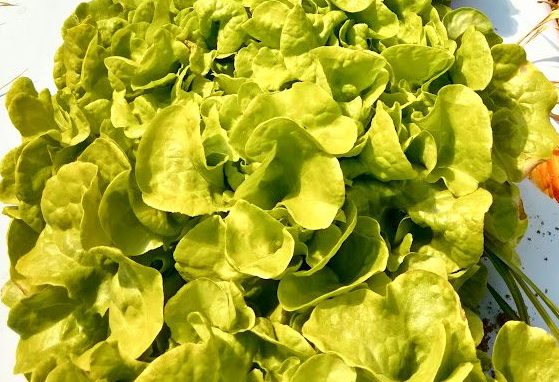 |
| Breen | Romaine | 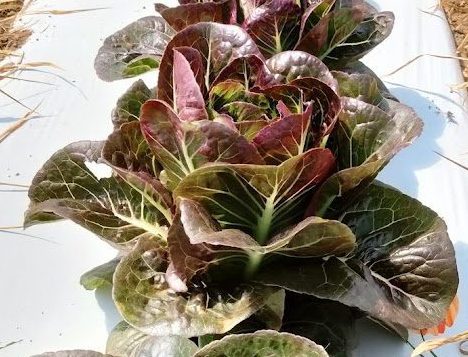 |
| Coastal Star | Romaine | 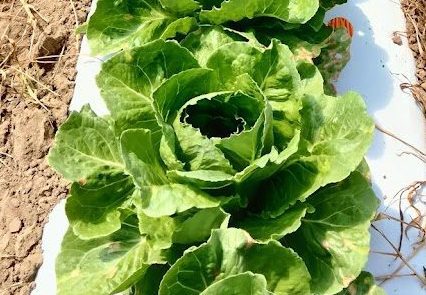 |
| Salanova Green Butter | Salanova | 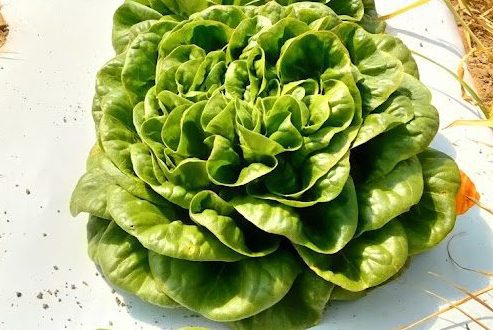 |
| Salanova Red Butter | Salanova | 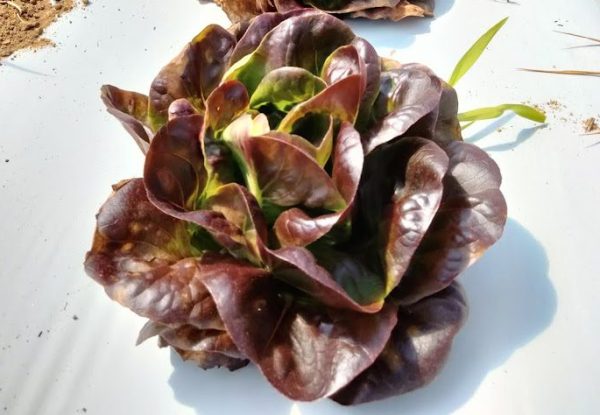 |
| Rouxai | Oakleaf | 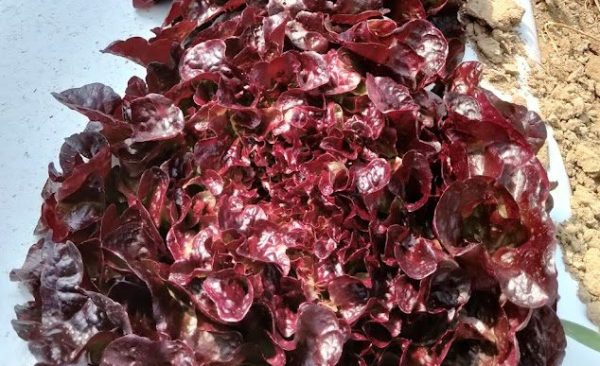 |
| Monte Carlo | Romaine | 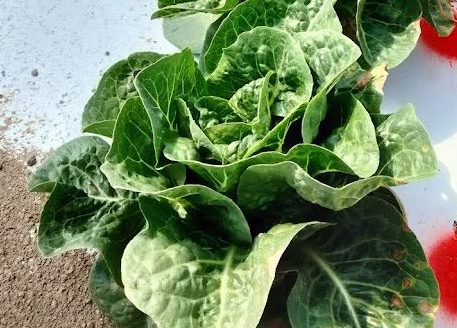 |
| Rosaine | Bibb | 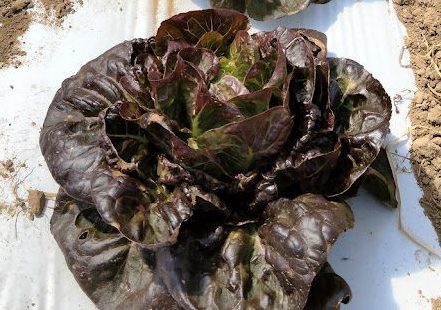 |
| Newham | Bibb | 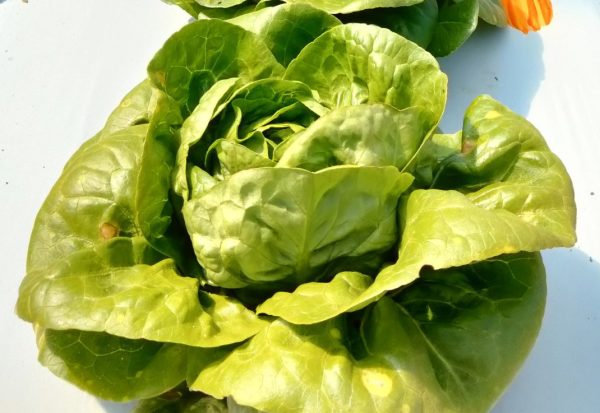 |
| Truchas | Romaine | 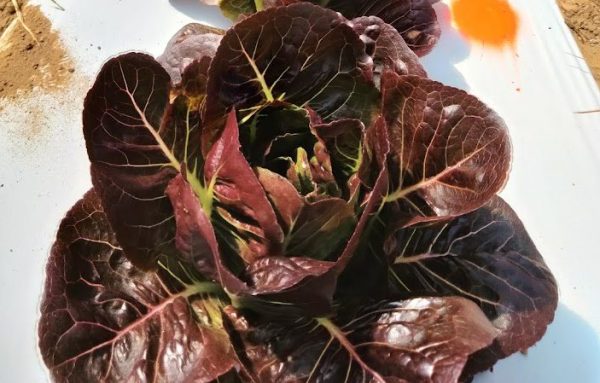 |
| Dragoon | Romaine | 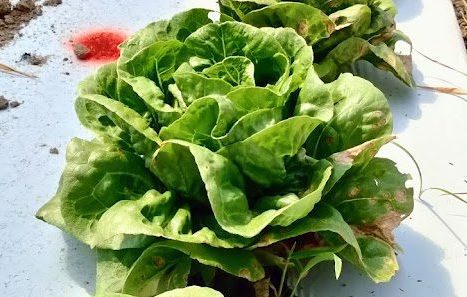 |
| Grazion | Oakleaf | 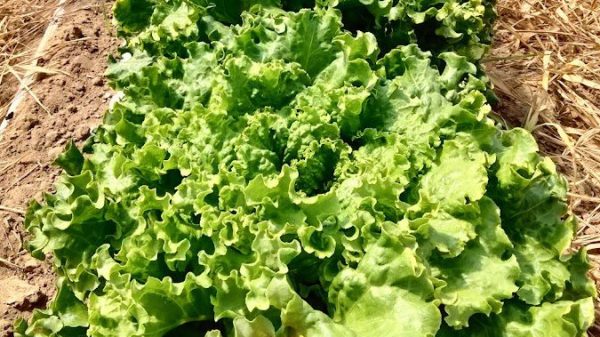 |
| Bauer | Oakleaf | 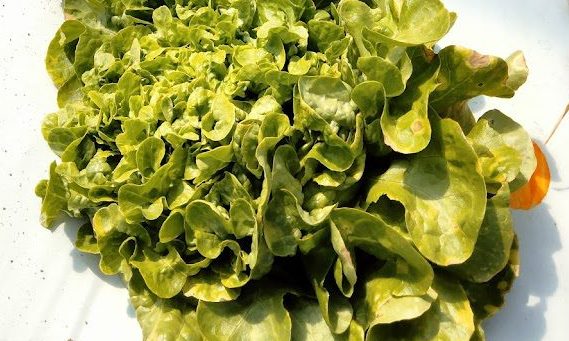 |
| Ezflor | One-Cut | 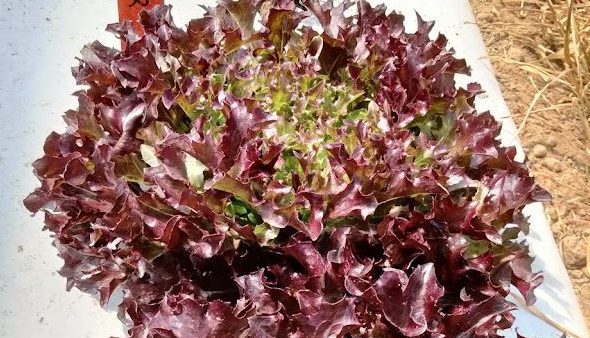 |
| Blue Rock | Romaine | 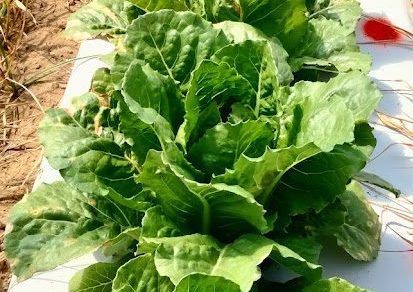 |
| Milagro | Butterhead | 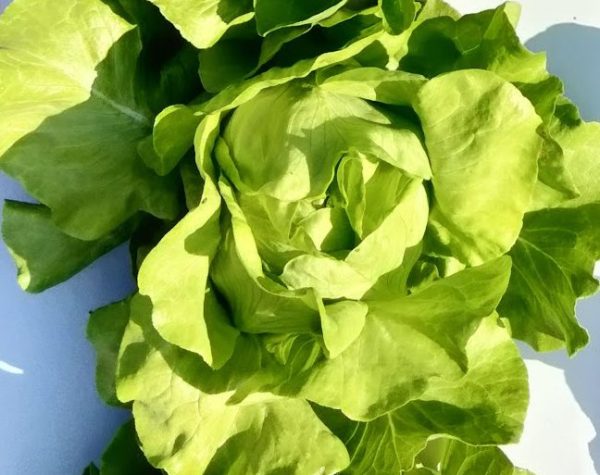 |
 Sthefani de Oliveira, Research Assistant; Raira Pelvine, Research Assistant; Camila Rodrigues, Extension Specialist, Assistant Professor; Chip East, Regional Extension Agent; and Andre da Silva, Extension Specialist, Assistant Professor, all in Horticulture with Auburn University
Sthefani de Oliveira, Research Assistant; Raira Pelvine, Research Assistant; Camila Rodrigues, Extension Specialist, Assistant Professor; Chip East, Regional Extension Agent; and Andre da Silva, Extension Specialist, Assistant Professor, all in Horticulture with Auburn University
New January 2023, Lettuce Cultivars for Open-Field Organic Systems, ANR-2964

